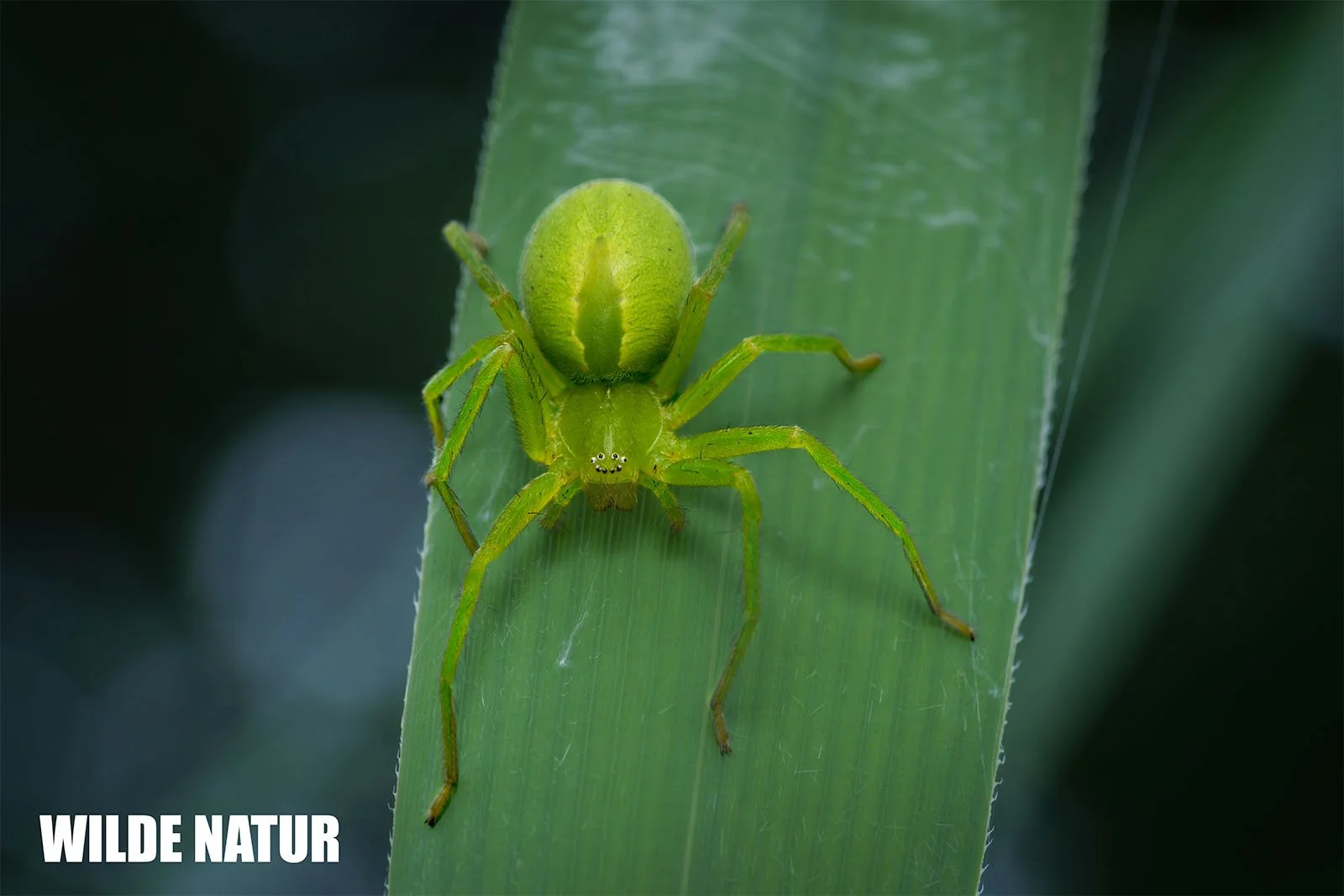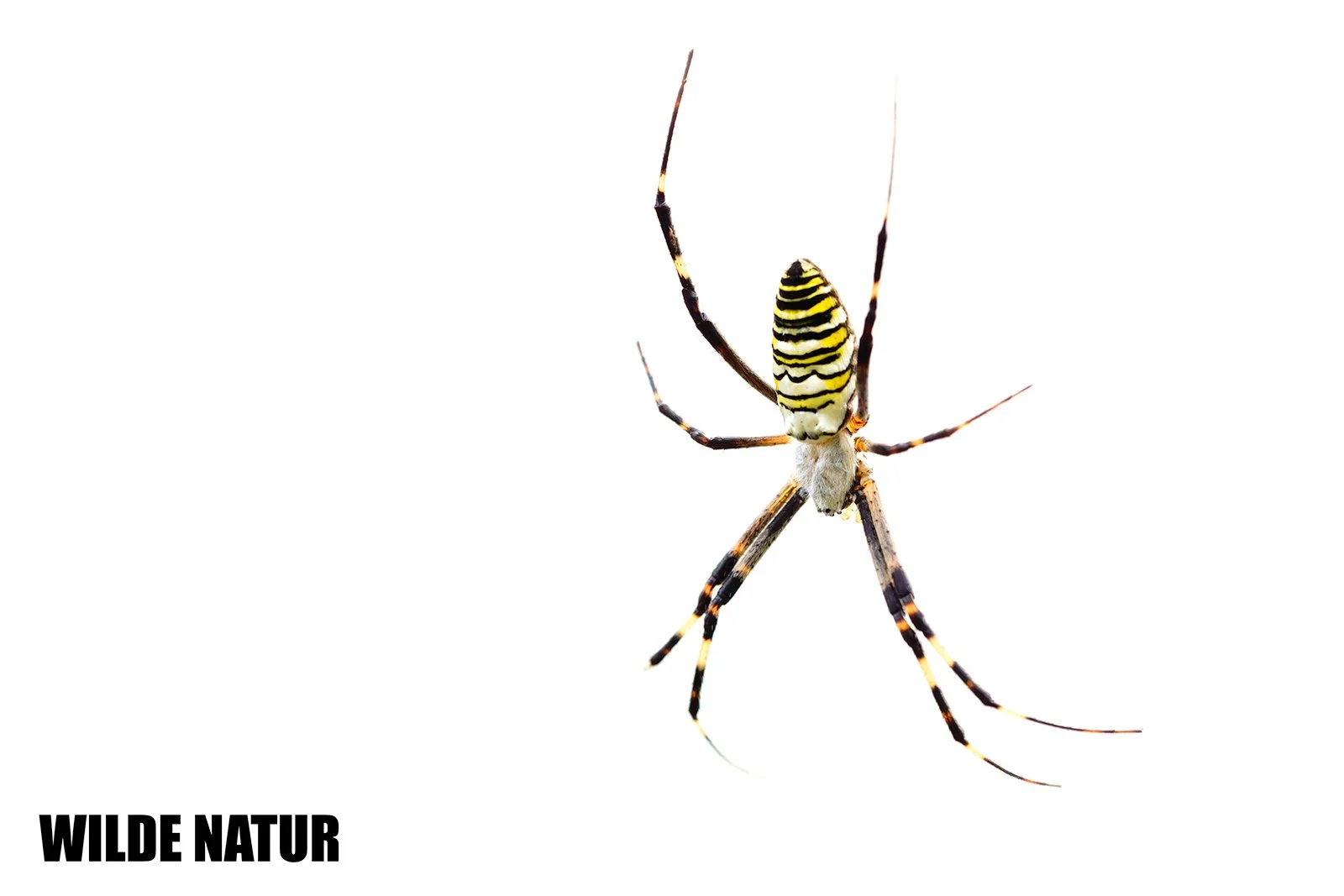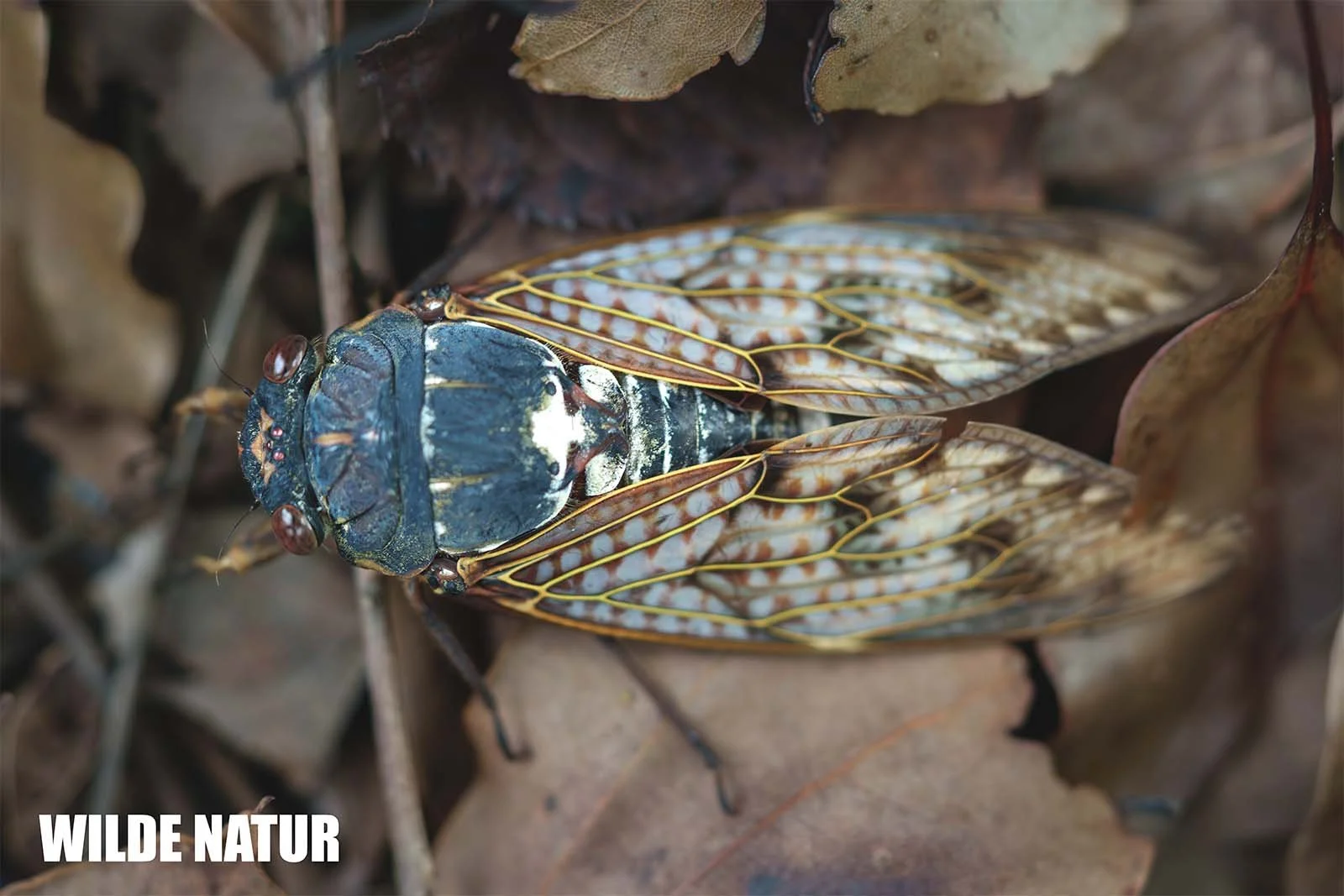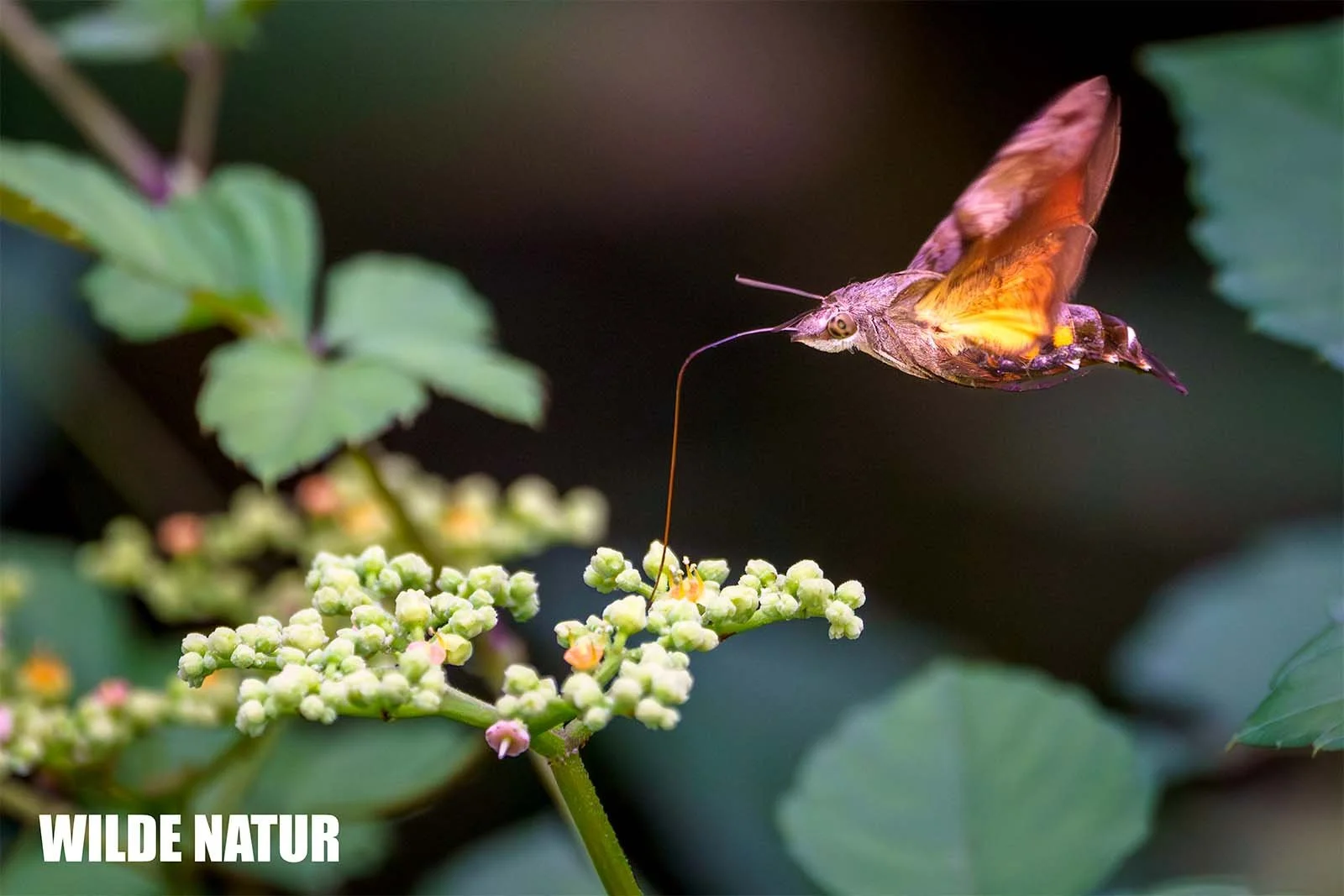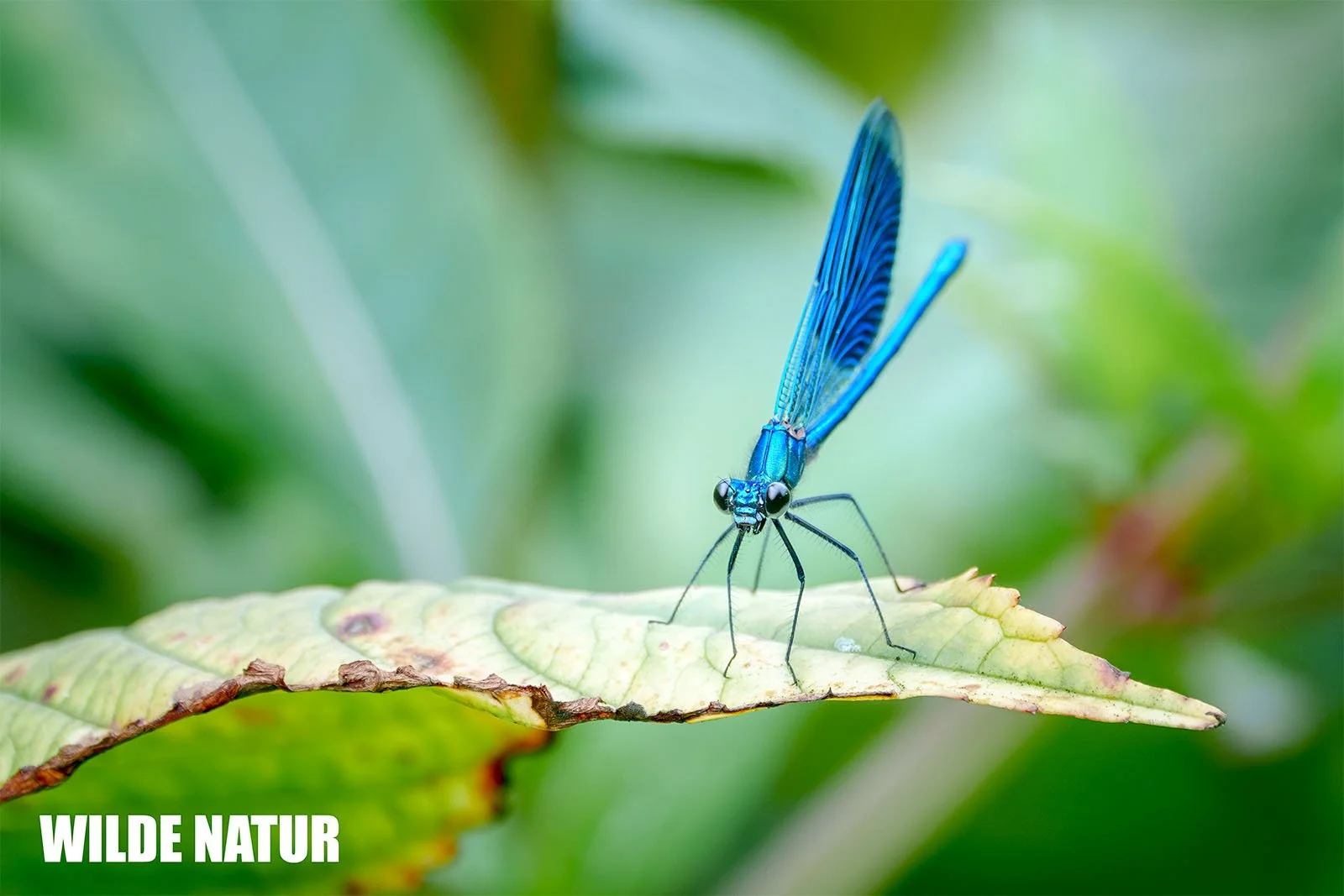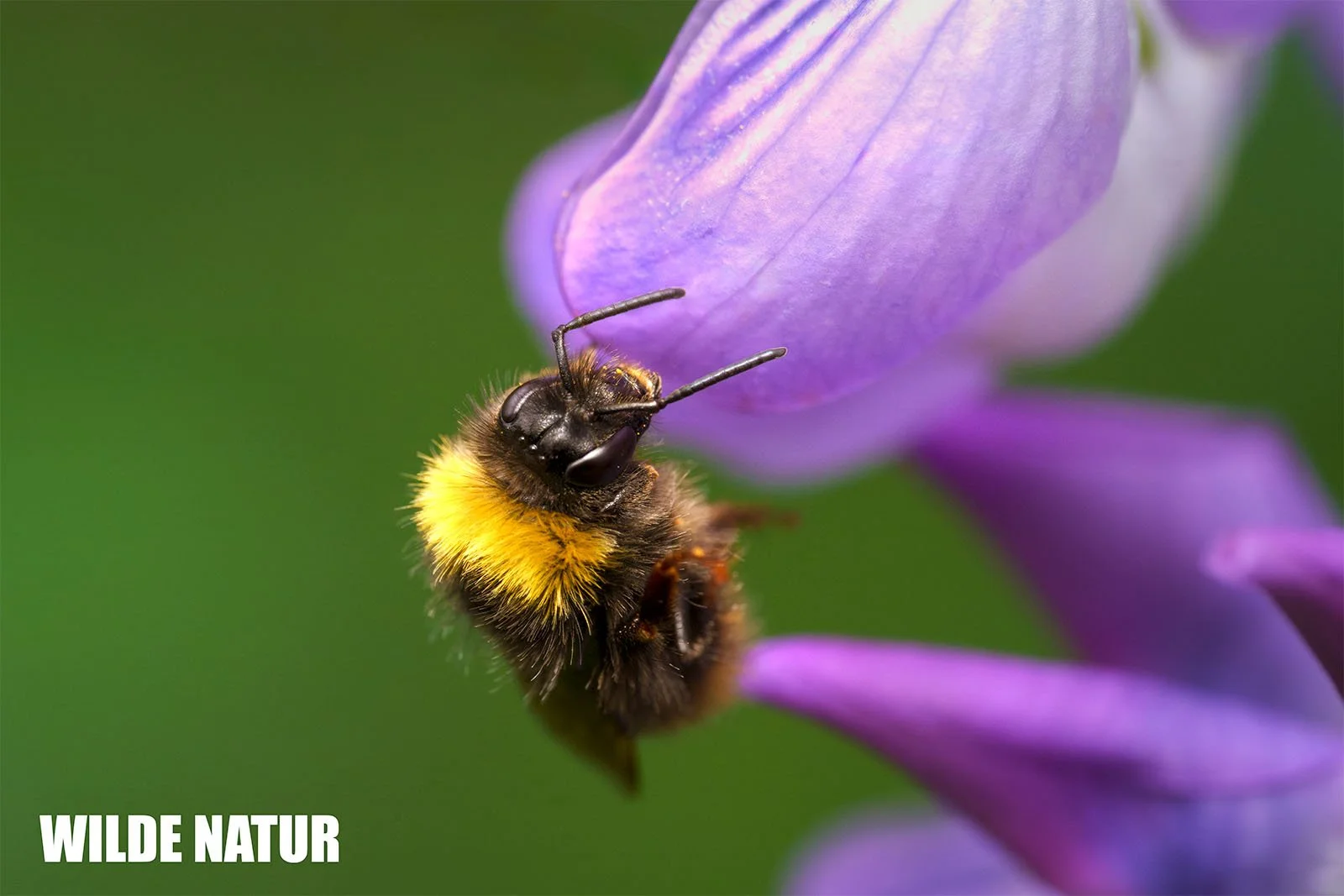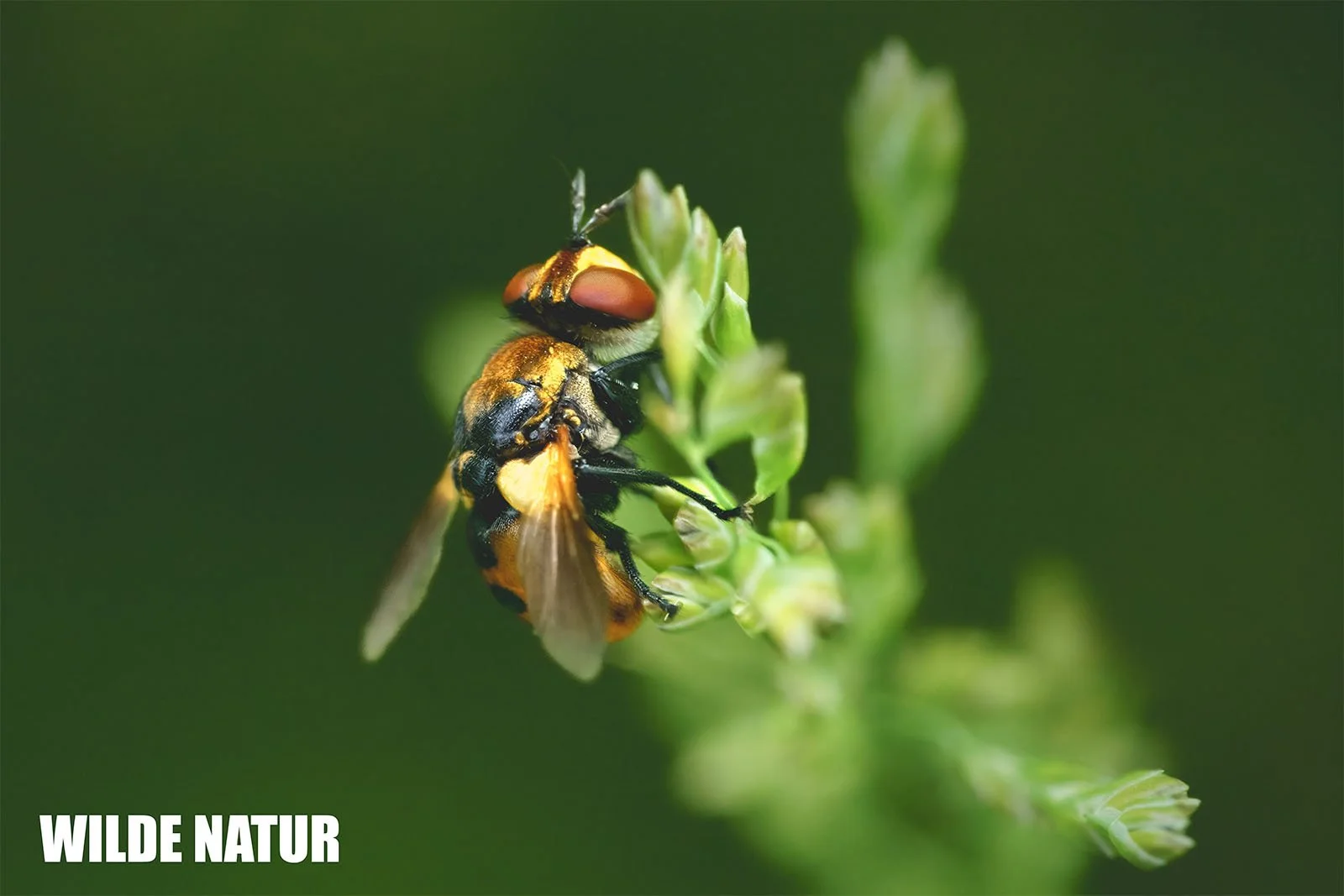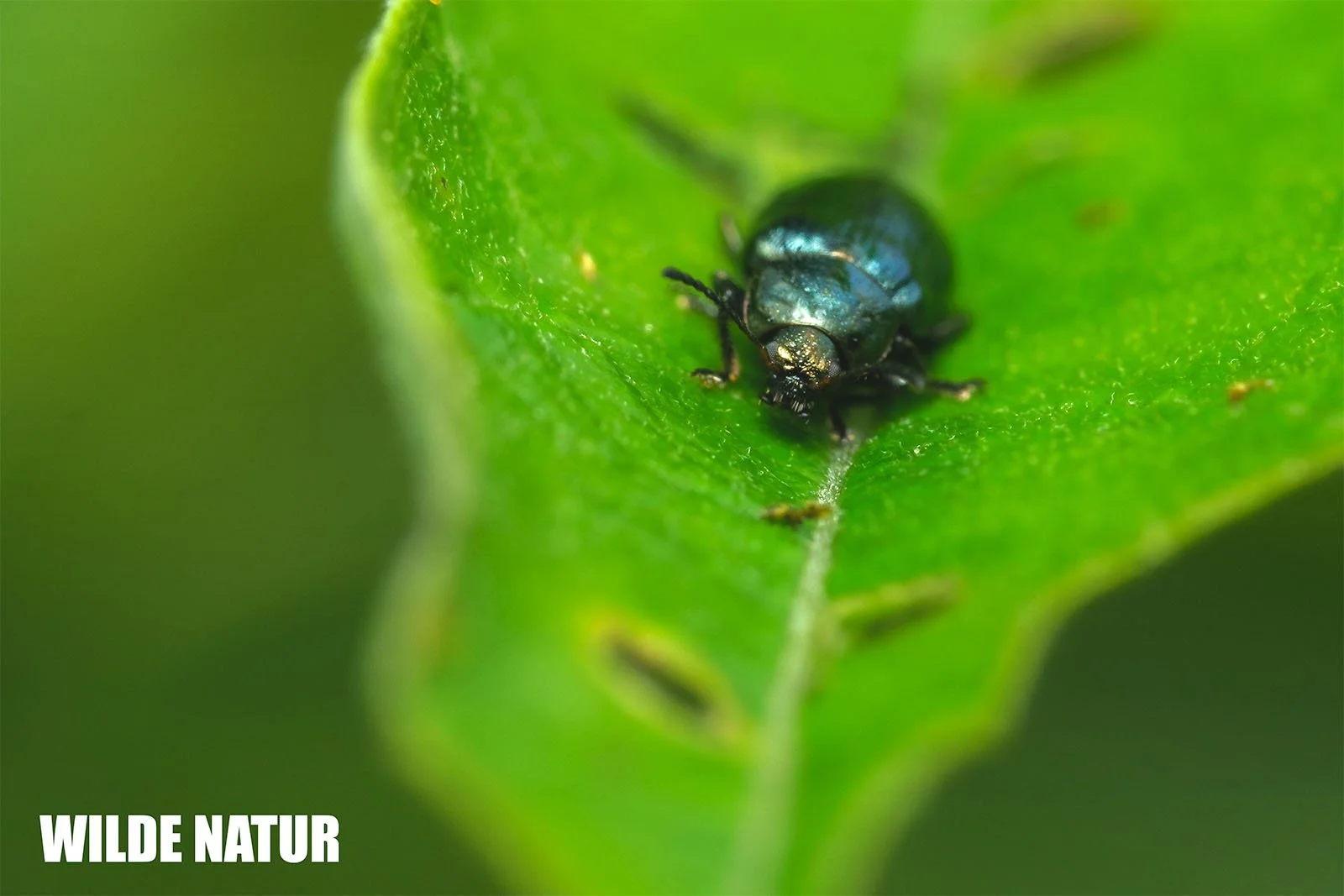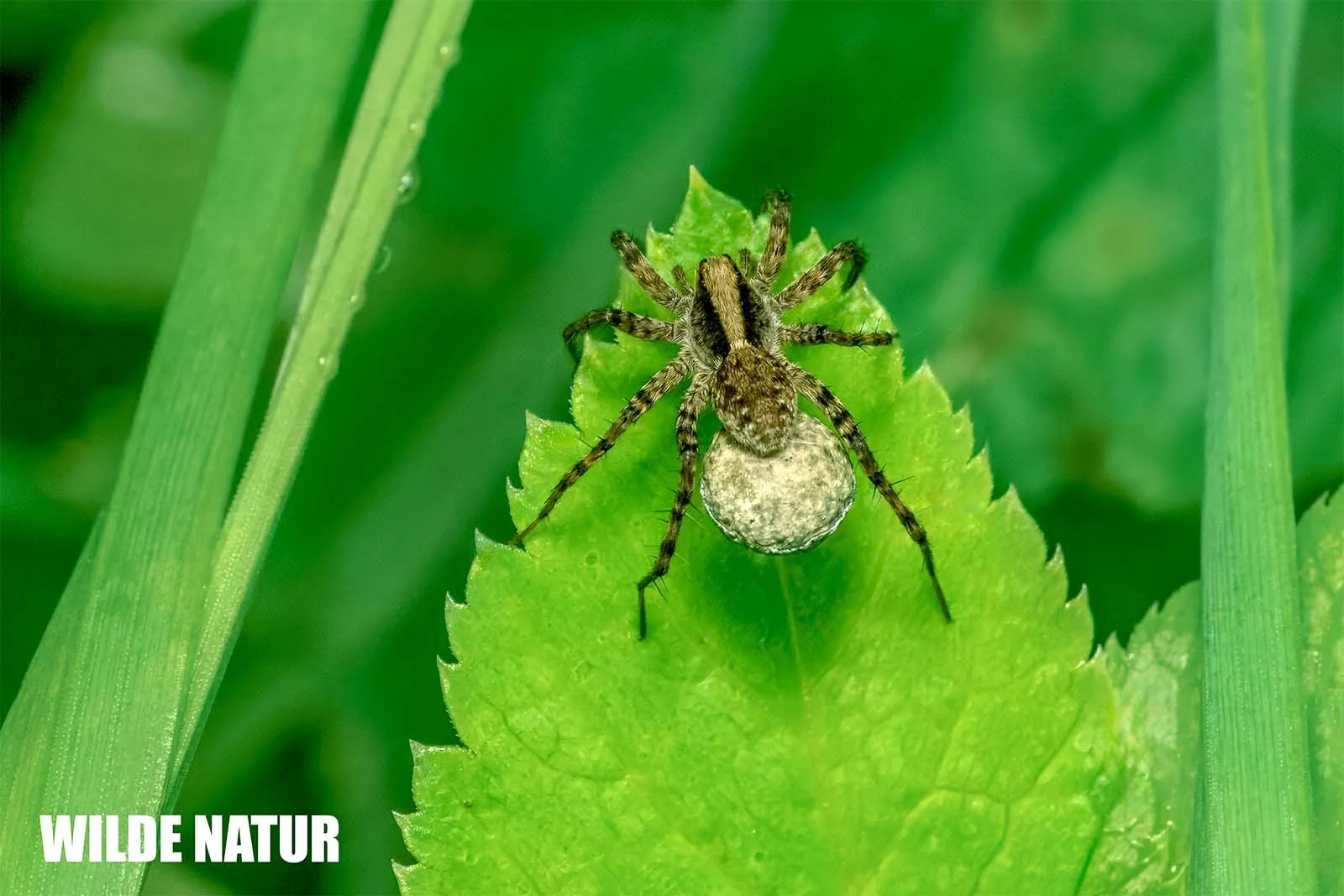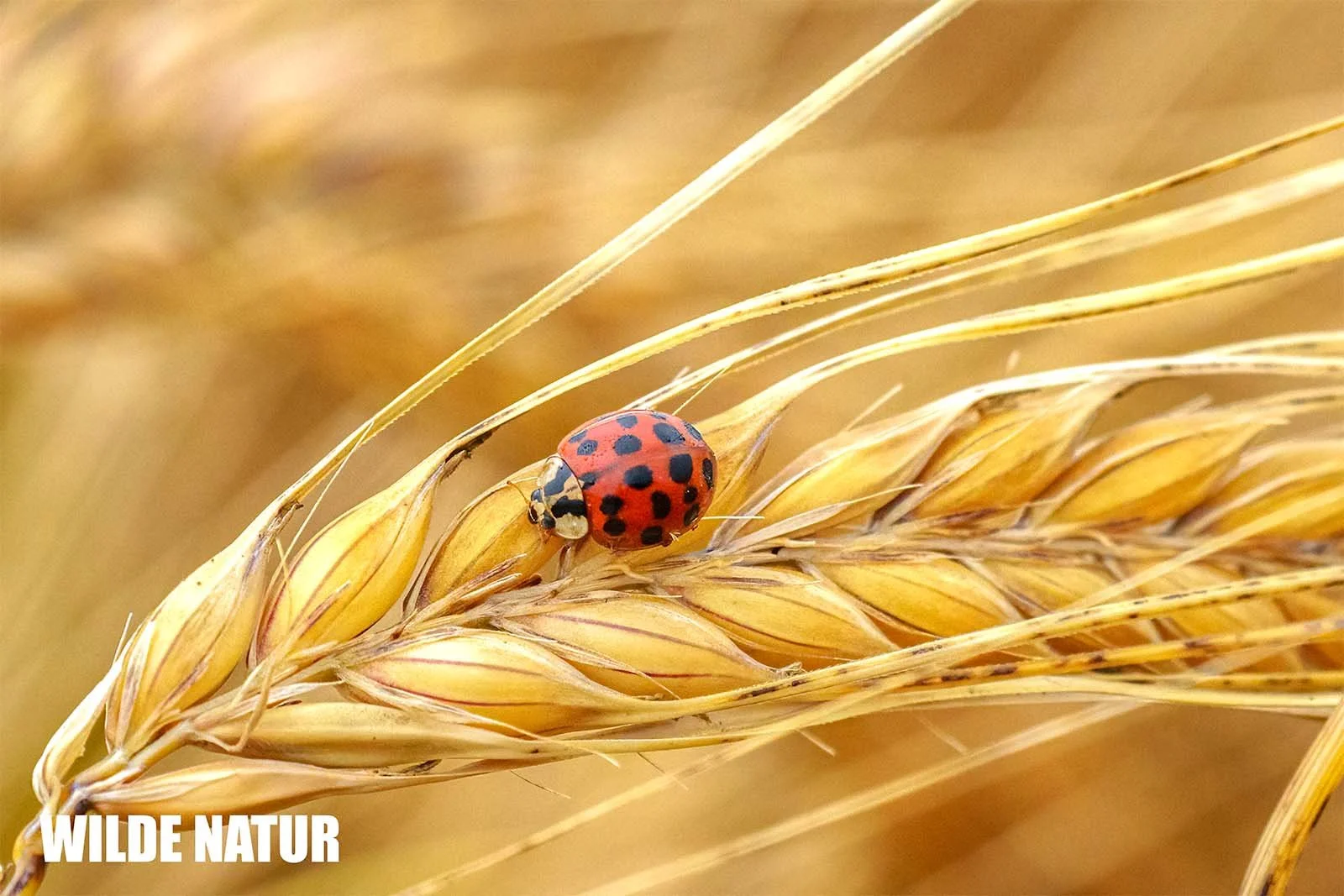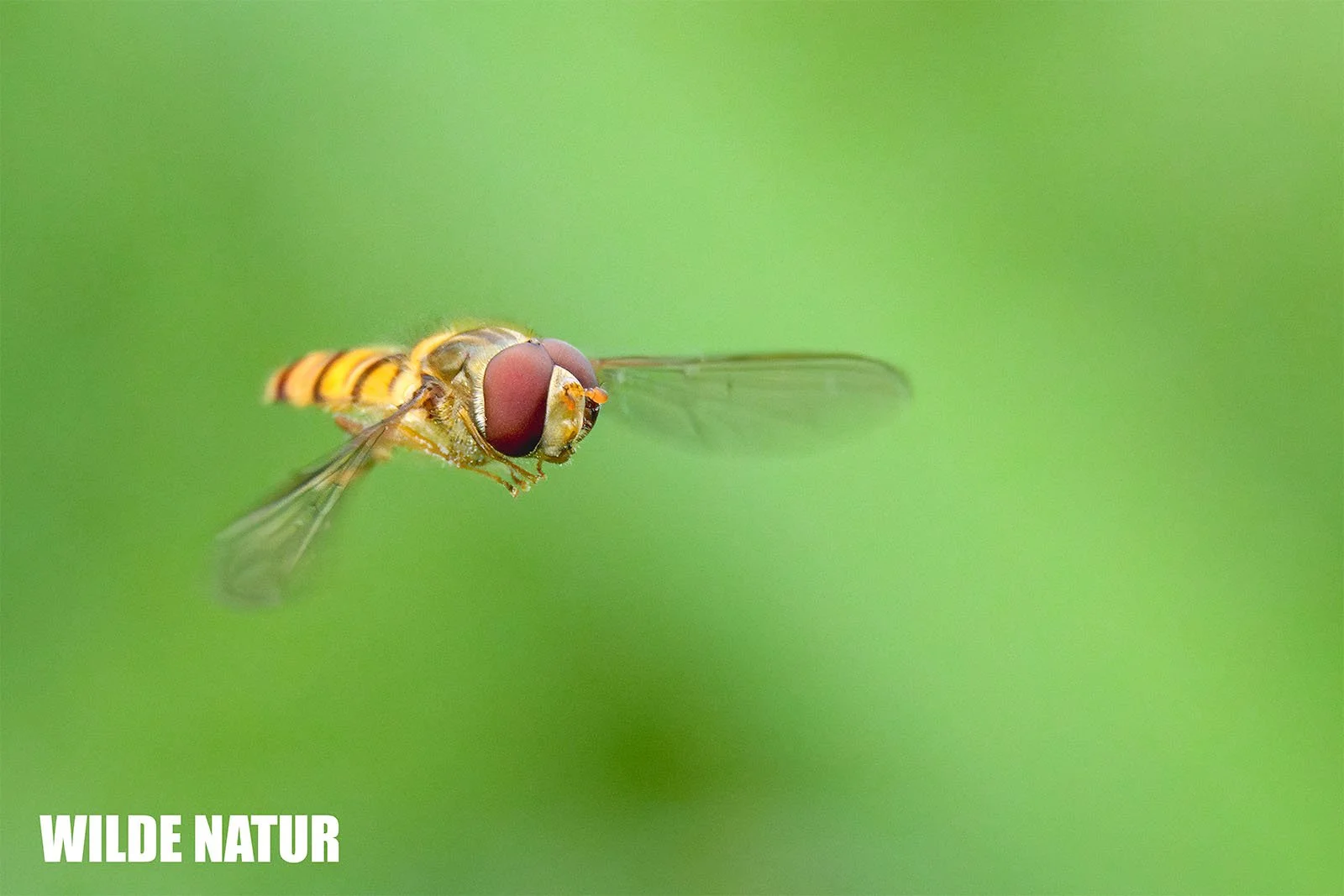Hummingbird Hawk-moth (Macroglossum stellatarum)
Hummingbird Hawk-moth (Macroglossum stellatarum)
Hummingbird Hawk-moth: The Hummingbird Among Moths
The hummingbird hawk-moth is a day-flying migratory moth that hovers in place to sip nectar. Discover everything about its appearance, diet, lifestyle, and distribution.
Key Facts
- Body length: about 40–45 mm
- Wingspan: 50–58 mm (sometimes 40–50 mm)
- Weight: rarely documented, around 0.3 g
- Diet: nectar (adults), bedstraw species (larvae)
- Flight period: May–October, 2–3 generations possible
- Range: North Africa, Southern Europe, Western Asia; migrates into Central Europe
- Scientific name: Macroglossum stellatarum
- Family: Sphinx moths (Sphingidae)
- Appearance: compact, furry body, gray-brown forewings, orange hindwings
- Special features: hovering flight like a hummingbird, long proboscis (up to 28 mm)
- Larvae: green, with a typical horn
- Overwintering: successful in Central Europe only during mild winters
Table of Contents
- Introduction
- Appearance
- Characteristics
- Diet
- Reproduction and Life Cycle
- Seasonal Behavior
- Distribution and Range
- FAQ
- Conclusion
Introduction
If you spot what looks like a tiny hummingbird hovering over flowers on a summer evening, you might be mistaken – it is often the hummingbird hawk-moth. This migratory moth is remarkable for its rapid hovering flight, its long proboscis, and its ability to remain suspended in the air while feeding.
Appearance
Hummingbird Hawk-moth (Macroglossum stellatarum) with orange wing patches, viewed from above
The hummingbird hawk-moth is a day-active sphinx moth.
- Body: compact, densely hairy, gray-brown with mottled pattern
- Abdomen: pale markings on the sides, ending in a fan-shaped tuft of hairs that constantly twitches in flight
- Forewings: gray-brown with darker markings
- Hindwings: bright orange, forming a sharp contrast
- Proboscis: very long, almost as long as the body (up to 28 mm)
- Eyes: large and dark
- Antennae: short, slightly clubbed at the tips, gently curved upward
In flight, the wings appear blurred due to their extremely rapid beating.
Characteristics
- Body length: 40–45 mm
- Wingspan: 50–58 mm, sometimes 40–50 mm
- Weight: about 0.3 g (rarely documented)
- Hindwings: orange; forewings gray-brown
- Abdomen tip: black tuft of hairs in constant motion
- Flight style: hovering, just like a hummingbird
Diet
The hummingbird hawk-moth is a dedicated nectar feeder. It visits flowers with deep tubes, such as:
- phlox
- viper’s bugloss
- honeysuckle
- butterfly bush
It hovers in front of the flower and uses its long proboscis, without ever landing.
The larvae feed mainly on bedstraw (Galium), but sometimes also on other herbaceous plants.
Reproduction and Life Cycle
Females lay single eggs on bedstraw leaves.
- Larvae: green, with pale stripes and the typical horn at the rear
- Pupae: in loose cocoons on the ground or in vegetation
- Overwintering: possible in warmer regions; in Central Europe only in mild winters
In Central Europe, usually two generations develop per year (May–July, August–September). In very warm years, a third generation can appear.
Seasonal Behavior
The hummingbird hawk-moth is a migratory species.
- Overwinters in the Mediterranean and North Africa
- Appears in Central Europe from May onward
- Produces new generations during summer
- Many individuals migrate south in autumn
- A few remain in the north, though most do not survive the winter
Distribution and Range
Its native range includes North Africa, Southern Europe, and Western Asia.
Each year, it migrates into Central Europe, where it can be seen from Spain to Scandinavia.
Habitats:
- open, flower-rich landscapes
- gardens
- meadows
- roadsides
- shrubland edges
Because of its daytime activity and distinctive hovering flight, the hummingbird hawk-moth is often mistaken for a real hummingbird.
FAQ
Why is it called the hummingbird hawk-moth?
Because of its hovering flight and the fan-shaped tail tuft, which constantly flicks like a hummingbird’s tail.
Is it a day or night moth?
It belongs to the night moth family, but it is active during the day.
What does it feed on?
Exclusively nectar; the larvae feed mainly on bedstraw.
How does it hover?
Its wings beat so fast that it can remain suspended in front of flowers, just like a hummingbird.
Where can it be seen in Europe?
From May to October, in gardens and meadows, especially around butterfly bush and honeysuckle.
Conclusion
The hummingbird hawk-moth is a fascinating migratory moth that combines the elegance of a hummingbird with the diversity of butterflies. With its hovering flight, long proboscis, and striking coloration, it is not only biologically remarkable but also a welcome visitor to gardens and meadows. Its long migrations make it a true symbol of mobility and adaptability in the insect world.





